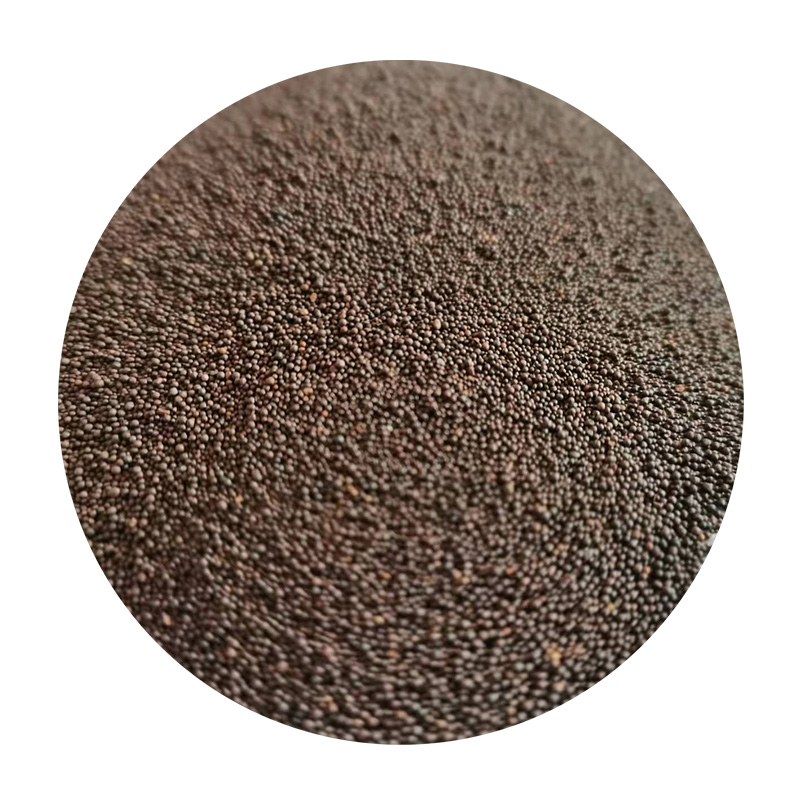Sand Printing Casting Revolutionizing the Manufacturing Landscape
In the realm of manufacturing, innovation continues to shape the methodologies by which products are conceived and created. Among these advancements, sand printing casting has emerged as a noteworthy technique, blending traditional casting methods with modern 3D printing technology. This innovative approach not only enhances the efficiency and precision of the casting process but also offers unparalleled flexibility in design, reducing lead times and waste.
Understanding Sand Printing Casting
Sand printing casting involves the use of a 3D printer to create a mold made of sand. This process utilizes a computer-aided design (CAD) model to build the mold layer by layer with a binder that solidifies the sand grains. Once the mold is complete, molten metal is poured into the cavity created by the printed sand mold, allowing for the formation of intricate shapes and complex geometries that would be challenging or impossible to achieve with traditional casting techniques.
The core advantage of sand printing casting lies in its ability to produce molds quickly and cost-effectively. Traditional sand casting involves labor-intensive processes, such as pattern making and mold preparation, which can be time-consuming and resource-heavy. In contrast, using 3D printing technologies, manufacturers can streamline these steps significantly. This not only accelerates production timelines but also minimizes material waste, as molds can be printed with precision matching the desired specifications.
Benefits of Sand Printing Casting
1. Design Flexibility One of the most compelling benefits of sand printing casting is design flexibility. Engineers and designers are no longer constrained by the limitations of traditional mold patterns. Complex internal geometries, lightweight lattice structures, and customized shapes can be easily created, allowing for innovative product designs that meet specific functional requirements.
2. Reduced Lead Times In industries where time-to-market is critical, the rapid prototyping capabilities offered by sand printing casting are invaluable. Manufacturers can quickly iterate on designs, produce molds, and test products, significantly shortening development cycles. This agility enables companies to respond promptly to market demands and consumer feedback.
sand printing casting

3. Cost-Effectiveness With reduced waste and a decrease in the need for extensive tooling, sand printing casting can lower overall manufacturing costs. Traditional casting processes often require expensive mold production, which can be prohibitive for small production runs. In contrast, the ability to print molds on-demand reduces upfront investments and allows for economical production of both large and small batches.
4. Sustainability As industries increasingly prioritize sustainability, sand printing casting holds promise for environmentally-friendly manufacturing. By minimizing material waste and allowing for the use of recycled materials in the sand mold, this process contributes to greener production methods. Additionally, the shorter lead times and reduced energy consumption associated with 3D printing further enhance its sustainability credentials.
Applications Across Industries
The versatility of sand printing casting makes it suitable for a broad spectrum of applications. Industries such as aerospace, automotive, and medical device manufacturing are leveraging this technology to produce complex components that require high precision and reliability. For instance, in the aerospace sector, lightweight parts that can withstand extreme conditions are essential, and sand printing casting allows for the production of such components with optimal performance characteristics.
In the automotive industry, manufacturers are using sand printing casting to create custom parts, prototypes, and tools. The ability to rapidly produce unique designs supports innovation in vehicle development, ultimately leading to lighter, more efficient vehicles.
Conclusion
As we advance into an era defined by rapid technological evolution, sand printing casting stands out as a transformative force in manufacturing. By merging the strengths of traditional sand casting with the capabilities of 3D printing, this technique opens doors to a new frontier of design, efficiency, and sustainability. The future of manufacturing may very well be shaped by this innovative approach, allowing industries to meet the challenges of an ever-evolving market landscape with agility and creativity. Embracing sand printing casting could be the key to unlocking the next generation of production possibilities, empowering manufacturers to innovate and thrive in competitive environments.
Post time:11月 . 15, 2024 16:24
Next:spherical sand
